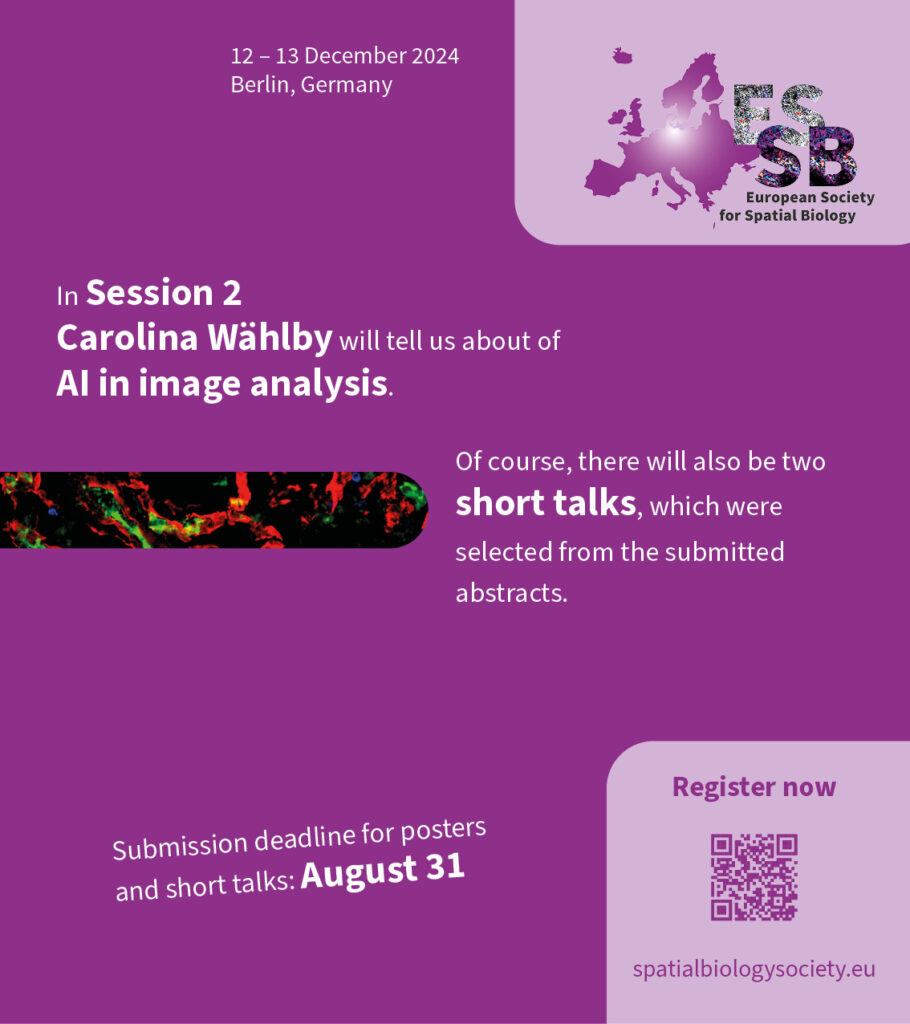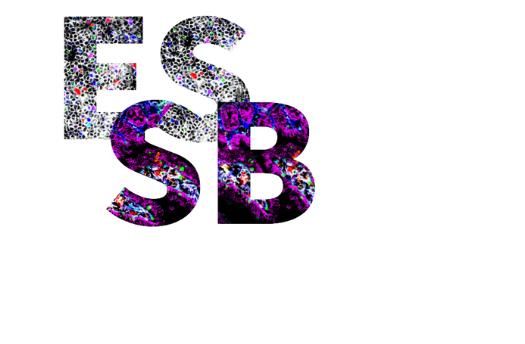Session 2 is all about image analysis, and we are pleased that we could win @CarolinaWahlby as speaker! There is also the opportunity to present your data in short talks: submit abstracts until August 31!
#spatialbiology #spatialtranscriptomics #imageanalysis #multiplexmicroscopy



